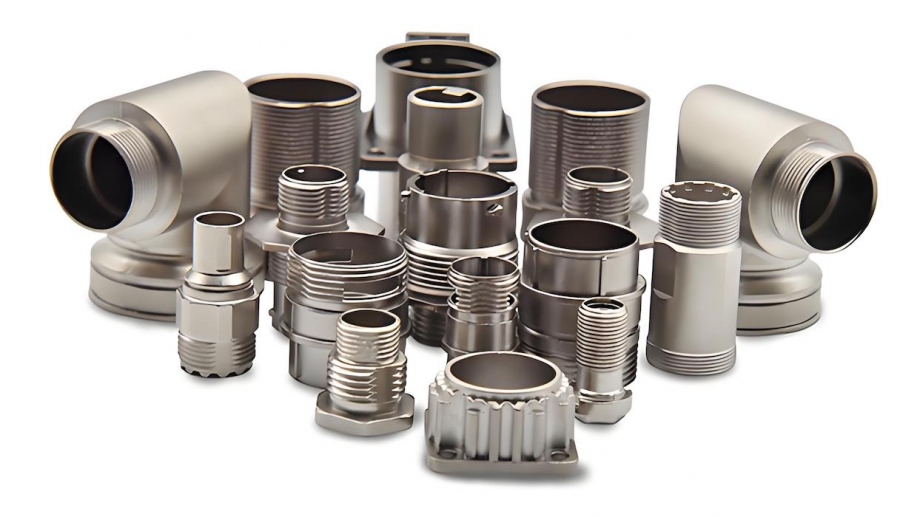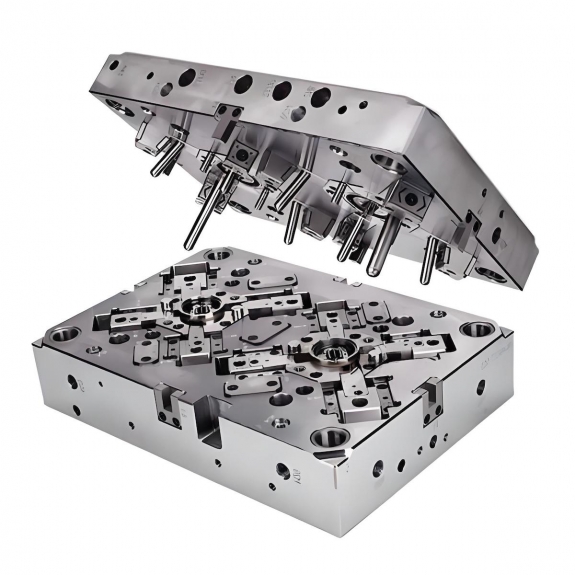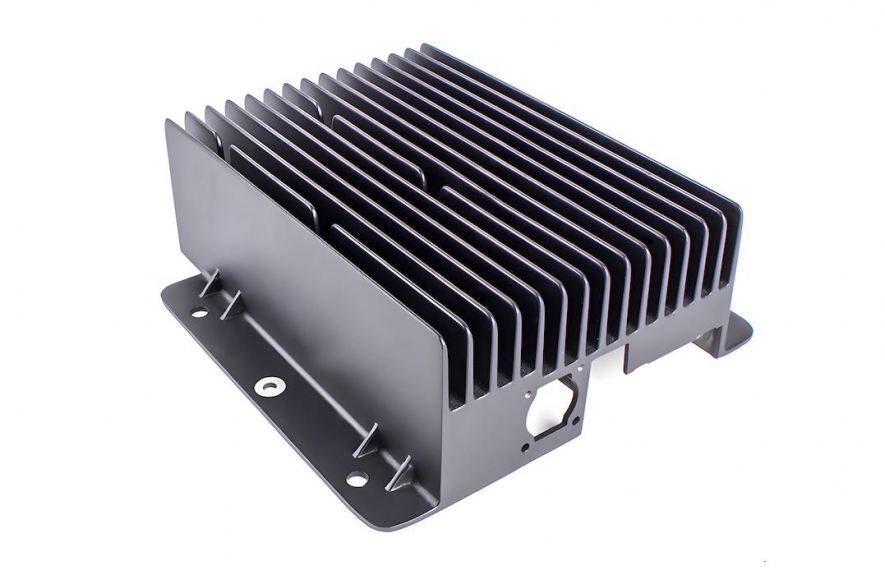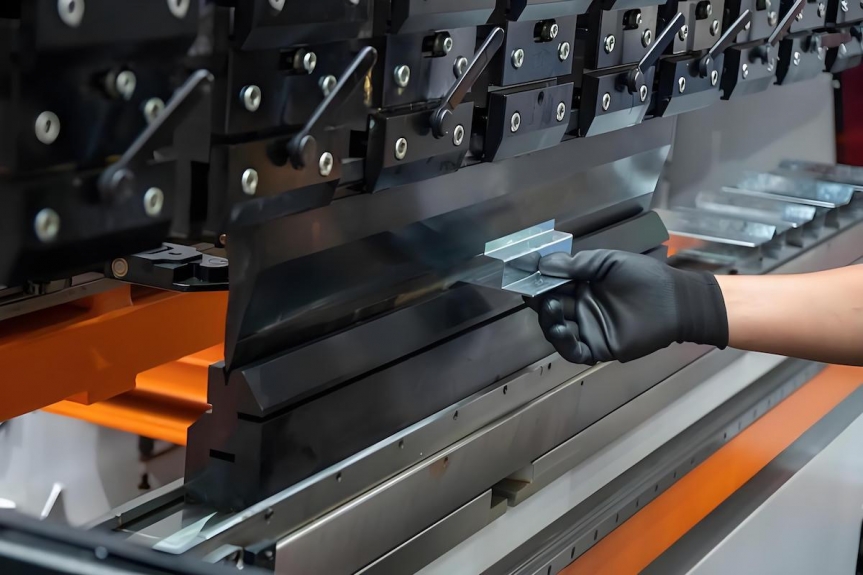Die casting is a highly efficient manufacturing process that allows for the production of complex metal parts with high precision. The choice of materials used in die casting is crucial, as it directly affects the quality, durability, and performance of the final products. This article explores the various materials best suited for die casting applications, detailing their properties, advantages, and typical uses.
Understanding Die Casting
Die casting involves forcing molten metal into a mold cavity under high pressure. This process is primarily used for non-ferrous metals, which include aluminum, zinc, magnesium, and copper alloys. The die casting process can be categorized into two main types: hot chamber and cold chamber die casting, each suited for different materials based on their melting points and properties. Understanding these processes is essential for manufacturers to select the appropriate method for their specific applications, ensuring optimal results in terms of efficiency and product quality.
The Die Casting Process
The die casting process consists of several key steps:
Mold Design: Creating a mold that can withstand high pressure and temperature. The design must consider factors such as thermal expansion, cooling rates, and the complexity of the part being produced.
Metal Preparation: Melting the chosen metal to the appropriate temperature. This step is critical, as the temperature must be carefully controlled to ensure proper flow and filling of the mold.
Injection: Forcing the molten metal into the mold cavity. The speed and pressure of injection can significantly affect the final product's surface finish and dimensional accuracy.
Cooling: Allowing the metal to solidify within the mold. Cooling time can vary based on the material and part thickness, impacting production efficiency.
Ejection: Removing the finished part from the mold. This step requires precision to avoid damaging the part or the mold itself.
Finishing: Performing any necessary post-processing to achieve the desired surface finish. This may include machining, polishing, or coating to enhance the part's appearance and performance.

Types of Materials Used in Die Casting
Aluminum Alloys
Aluminum alloys are among the most commonly used materials in die casting due to their excellent mechanical properties, lightweight nature, and resistance to corrosion. They are particularly favored in industries such as automotive and aerospace, where performance and weight are critical factors.
Properties of Aluminum Alloys
Lightweight: Aluminum is significantly lighter than other metals, making it ideal for applications where weight reduction is critical. This property contributes to fuel efficiency in vehicles and aircraft.
Corrosion Resistance: Aluminum naturally forms a protective oxide layer, enhancing its durability in various environments. This resistance is particularly beneficial for outdoor applications and components exposed to moisture.
Good Thermal Conductivity: This property is beneficial for applications requiring heat dissipation, such as engine components and heat exchangers, where efficient thermal management is essential.
Common Aluminum Alloys
A380: Known for its excellent fluidity and strength, making it suitable for complex shapes. It is often used in automotive parts, such as engine blocks and transmission housings.
ADC12: Offers good corrosion resistance and is often used in automotive components. Its balance of strength and ductility makes it a versatile choice for various applications.
Zinc Alloys
Zinc alloys are another popular choice for die casting, particularly in applications requiring high strength and precision. They are often used in the production of small, intricate parts, making them ideal for the electronics and automotive industries.
Properties of Zinc Alloys
High Strength: Zinc alloys provide excellent mechanical strength, making them suitable for load-bearing applications. This strength allows for the production of durable components that can withstand significant stress.
Good Castability: They can be easily cast into complex shapes with fine details, which is essential for producing intricate designs without extensive machining.
Corrosion Resistance: Zinc alloys resist corrosion, which is essential for outdoor applications. This property extends the lifespan of components used in harsh environments.
Common Zinc Alloys
ZA-8: Known for its high strength and is commonly used in automotive and electrical components. Its excellent fluidity allows for the production of detailed parts with minimal defects.
Zamak: A family of zinc alloys that are widely used for their excellent casting properties. Zamak alloys are particularly popular in the production of consumer goods and hardware.

Magnesium Alloys
Magnesium alloys are the lightest structural metals available, making them ideal for applications where weight is a critical factor, such as in the aerospace and automotive industries. Their unique properties allow for innovative designs that prioritize performance without compromising strength.
Properties of Magnesium Alloys
Extremely Lightweight: Magnesium is about one-third the weight of aluminum, providing significant weight savings. This characteristic is particularly advantageous in applications where reducing weight can lead to improved fuel efficiency.
Good Strength-to-Weight Ratio: Despite being lightweight, magnesium alloys offer good strength, making them suitable for structural applications where both weight and strength are important.
Damping Capacity: They have excellent vibration-damping properties, making them suitable for certain applications, such as automotive components, where noise and vibration reduction is desired.
Common Magnesium Alloys
AZ91D: A widely used magnesium alloy known for its good mechanical properties and castability. It is often used in automotive applications, such as engine components and housings.
AM60: Offers improved ductility and is often used in automotive applications. Its ability to withstand deformation without breaking makes it ideal for parts subjected to dynamic loads.
Copper Alloys
Copper alloys are less common in die casting but are used for specific applications requiring high electrical conductivity and thermal resistance. Their unique properties make them suitable for specialized components in various industries.
Properties of Copper Alloys
Excellent Electrical Conductivity: Copper is one of the best conductors of electricity, making it ideal for electrical components. This property is crucial for applications in the electronics industry, where efficient power transmission is essential.
High Thermal Conductivity: This property is beneficial for heat exchangers and other thermal applications, allowing for effective heat transfer in various systems.
Corrosion Resistance: Copper alloys resist corrosion, particularly in marine environments. This resistance is vital for components exposed to harsh conditions, ensuring longevity and reliability.
Common Copper Alloys
C93200: A leaded bronze alloy used in bearing applications. Its excellent wear resistance makes it suitable for high-load applications where friction is a concern.
C11000: A pure copper alloy known for its excellent conductivity. It is often used in electrical applications, such as connectors and wiring.
Factors Influencing Material Selection
When selecting materials for die casting, several factors must be considered to ensure optimal performance and cost-effectiveness. Understanding these factors helps manufacturers make informed decisions that align with their production goals.
Mechanical Properties
The mechanical properties of the material, such as tensile strength, hardness, and ductility, play a crucial role in determining its suitability for specific applications. For instance, materials with high tensile strength are preferred for load-bearing components, while those with good ductility are ideal for parts that require bending or shaping.

Thermal Properties
The melting point and thermal conductivity of the material are essential for the die casting process. Materials with lower melting points are easier to cast but may not be suitable for high-temperature applications. Additionally, thermal conductivity affects how quickly the material cools and solidifies, impacting production efficiency and part quality.
Corrosion Resistance
The environment in which the final product will be used significantly influences material selection. For outdoor applications or those exposed to moisture, corrosion-resistant materials are essential. Manufacturers must consider the potential for environmental exposure and select materials that will maintain their integrity over time.
Cost Considerations
The cost of raw materials and the overall production process must be evaluated. While some materials may offer superior properties, they may also come with higher costs, impacting the overall project budget. Manufacturers must balance performance requirements with cost constraints to ensure profitability.
Applications of Die Casting Materials
Die casting materials are used across various industries, each with specific requirements and applications. Understanding these applications helps manufacturers identify the best materials for their needs.
Automotive Industry
In the automotive sector, die casting is used to produce components such as engine blocks, transmission cases, and structural parts. Aluminum and zinc alloys are particularly popular due to their lightweight and strength. The automotive industry continually seeks to reduce vehicle weight to improve fuel efficiency, making die casting an essential process for producing lightweight components.
Aerospace Industry
The aerospace industry demands materials that can withstand extreme conditions while being lightweight. Aluminum and magnesium alloys are commonly used for aircraft components, including brackets and housings. The rigorous safety and performance standards in aerospace manufacturing require materials that not only meet weight requirements but also provide exceptional strength and reliability.
Electronics Industry
In the electronics sector, die casting materials are used for housings, connectors, and other components that require high precision and electrical conductivity. Zinc and copper alloys are often preferred for these applications. The rapid advancement of technology in the electronics industry necessitates materials that can be produced quickly and with high accuracy, making die casting an ideal choice.
Consumer Products
Die casting is also prevalent in the production of consumer goods, including appliances, tools, and decorative items. The choice of material often depends on the desired aesthetic and functional properties. Manufacturers in this sector benefit from the ability to produce complex shapes and designs that enhance product appeal while maintaining functionality.
Conclusion
The selection of materials for die casting applications is a critical decision that impacts the performance, durability, and cost of the final products. Aluminum, zinc, magnesium, and copper alloys each offer unique properties that make them suitable for various applications across multiple industries. Understanding the characteristics and advantages of these materials allows manufacturers to make informed choices, ensuring the success of their die casting projects. As technology advances, the exploration of new materials and processes will continue to enhance the capabilities and applications of die casting in the manufacturing landscape. This ongoing innovation will likely lead to even more efficient production methods and higher-quality products, further solidifying die casting's role in modern manufacturing.

Frequently Asked Questions regarding Die Casting
1. What is die casting, and how does it work?
Die casting is a manufacturing process that involves forcing molten metal into a mold cavity under high pressure. The process typically includes several steps: mold design, metal preparation, injection of molten metal, cooling, ejection of the finished part, and finishing. This method is primarily used for non-ferrous metals like aluminum, zinc, magnesium, and copper alloys, allowing for the production of complex shapes with high precision.
2. What are the advantages of using aluminum alloys in die casting?
Aluminum alloys offer several advantages in die casting, including lightweight properties, excellent corrosion resistance, good thermal conductivity, and high strength. These characteristics make aluminum alloys ideal for applications in the automotive and aerospace industries, where reducing weight while maintaining strength is crucial.
3. Why are zinc alloys commonly used in die casting?
Zinc alloys are favored in die casting due to their high strength, good castability, and excellent corrosion resistance. They can be easily cast into intricate shapes, making them suitable for small, detailed components used in various applications, including automotive and electronics.
4. What factors should be considered when selecting materials for die casting?
When selecting materials for die casting, several factors should be considered, including mechanical properties (tensile strength, hardness, ductility), thermal properties (melting point, thermal conductivity), corrosion resistance, and cost considerations. These factors help ensure that the chosen material meets the specific requirements of the application while remaining cost-effective.
5. In which industries is die casting commonly used?
Die casting is commonly used in various industries, including automotive, aerospace, electronics, and consumer products. In the automotive industry, it is used for engine blocks and transmission cases; in aerospace, for lightweight structural components; in electronics, for housings and connectors; and in consumer products, for tools and decorative items. Each industry benefits from the precision and efficiency of the die casting process.






